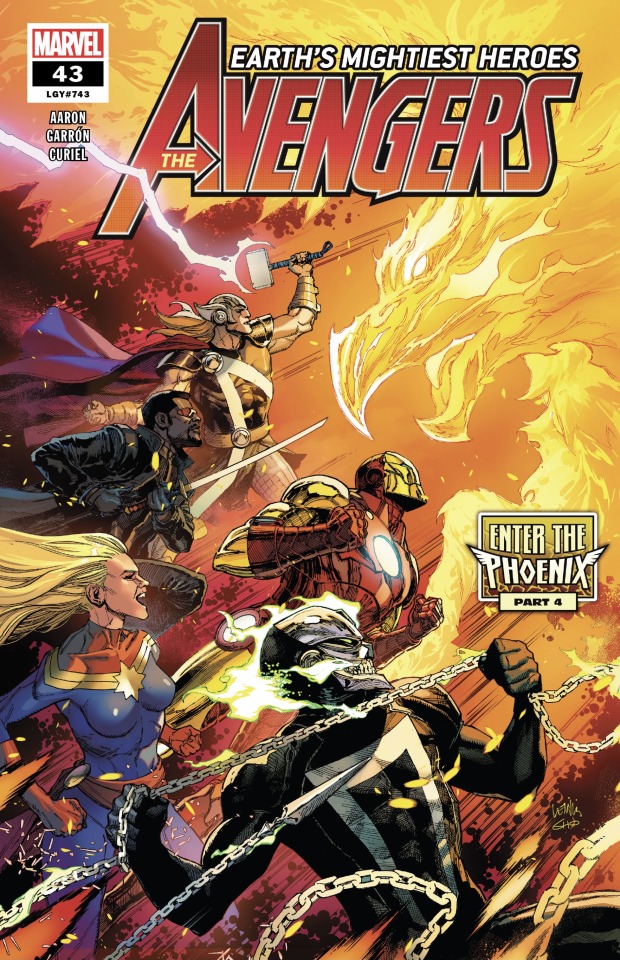
He only wore armour on one leg – though the leg on the shield side was protected with padding and greave. He was also armed with a large rectangular shield, which he used to defend his legs. Factor in fear and exertion – which would inevitably shorten the breath anyway – and you’ve got the makings of a lung-busting experience.Īnother type of gladiator to wear a large helmet and carry a short sword was the murmillo. Visibility was limited to what he could see through a pair of bronze grilles.Īs gladiatorial re-enactors have discovered, breathing in these helmets isn’t easy, as the wearer is forced to inhale the air trapped in the face guard.

These had broad brims, high crests and face guards. The thraex and hoplomachus wore heavy bronze helmets of the type found in Pompeii. The shield arm was unprotected, as was the torso. Both wore a padded arm-guard or manica, but only on the sword/spear arm. Both wore padded leg-guards with bronze greaves (a form of armour) strapped over them on their legs (14 of such greaves were found in Pompeii).Įach carried a small shield: rectangular for the thraex, who was armed with a short, curved sword round for the hoplomachus, who carried a spear and short sword. Among the most heavily armed gladiators were the thraex (Thracian) and the hoplomachus (inspired by Greek hoplite soldiers). Each different type of equipment provided varying levels of protection to the body, deliberately giving the opponent the opportunity to aim for specific points of vulnerability.įrom the point of view of reconstructing the gladiator, the most important discovery was the bronze gladiatorial armour and weaponryĪll gladiator categories wore a basic subligaculm and balteus (a loincloth and broad belt). Gladiators were divided into categories – each armed and attired in a characteristic manner – and were then pitched against one another in pairings designed to show a variety of forms of combat.

This included 15 helmets richly ornamented with mythological scenes, and six of the curious shoulder guards known as galerus. At the time, it seemed to confirm scandalous stories in ancient sources of wealthy and aristocratic women having sexual adventures with brawny gladiators – though we now see the 18 skeletons in this room as a group of frightened fugitives sheltering from the disaster of the volcanic eruption.įrom the point of view of reconstructing the gladiator, the most important discovery was the bronze gladiatorial armour and weaponry.

Among the dead was a woman adorned with bracelets, rings and an emerald necklace.Įver since, this discovery has become part of the mythology not only of Pompeii, but of the arena. Two years later, in rooms around the courtyard of the theatre, a number of skeletons were found together with a large quantity of gladiatorial armour, identifying the rooms as a gladiator barracks. In 1764 the temple of Isis at Pompeii confirmed the practise of mysterious and esoteric eastern religions. The reality could be spectacular, and in some cases seemed to confirm the more lurid stories in the sources. It is difficult now to quite comprehend the impact that the discovery of Pompeii and Herculaneum (both in the 18th century) had on the classically educated of Europe, who suddenly saw the reality of Roman lives in a bewildering array of objects, graffiti and paintings. Until the discovery of the cities of Vesuvius in the 18th century, virtually everything we knew about gladiators came from references in ancient texts, from random finds of stone sculptures and inscriptions, and the impressive structures of the amphitheatres dotted about all over the Roman empire.


 0 kommentar(er)
0 kommentar(er)
